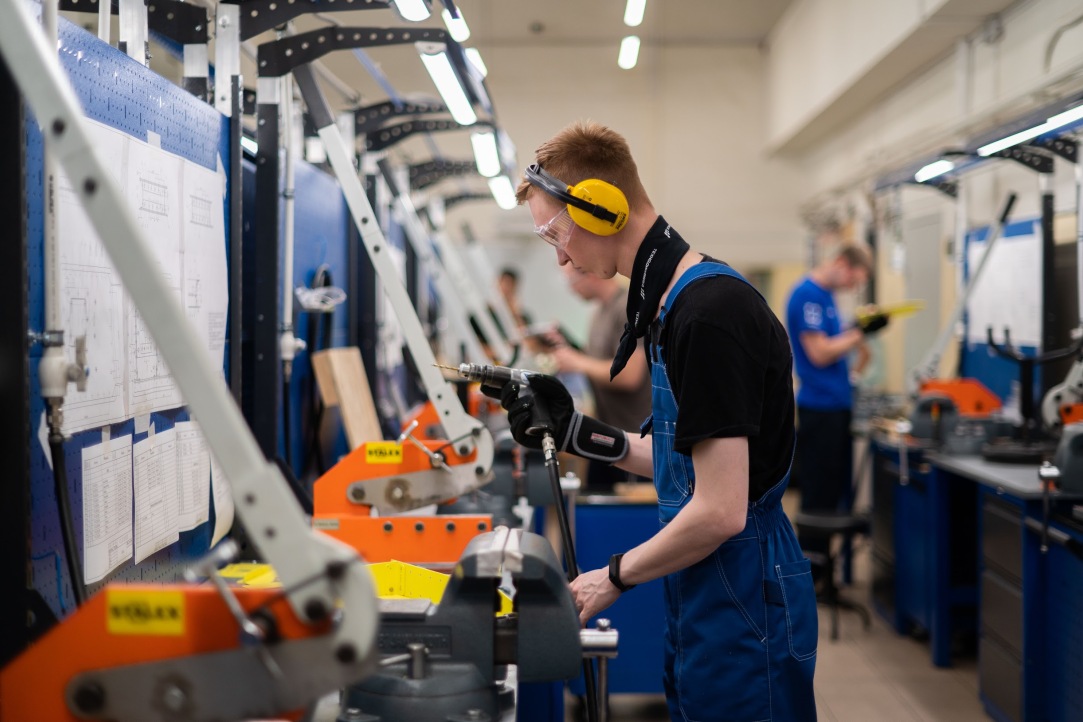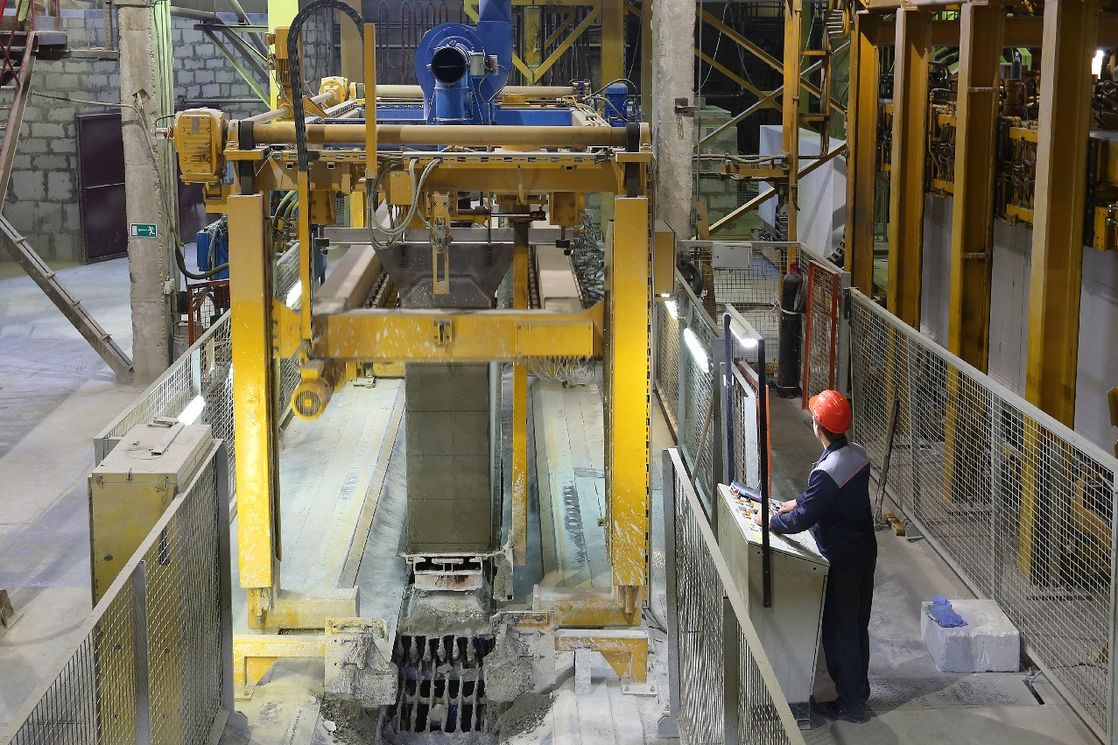Sanctions Create New Opportunities for Russian Companies

Like any crisis, the sanctions of 2022, besides problems, have created new opportunities for Russian companies. This is the conclusion that HSE University’s experts have come to. Their study results are presented in the report ‘Adaptation of Russian Industrial Companies to Sanctions: First Steps and Expectations’, prepared by HSE University for the XXIV Yasin (April) International Academic Conference.
Over a quarter of Russian companies (28%) have been able to use these new opportunities: one in ten companies (9%) has managed to increase its share in traditional markets, 7% of companies have found niches for new products, 6% have entered new markets, and 4% have attracted skilled professionals.
The study is based on a survey among manufacturing industry leaders analysing changes that have taken place since 2018—including the industrial response to the pandemic and increased international sanctions. The survey was conducted between August and November 2022 in nine federal districts, encompassing 71 regions of the Russian Federation.
According to the report authors (Yury Simachev, Andrei Yakovlev, Victoria Golikova, Nikolay Gorodnyi, Boris Kuznetsov, Mikhail Kuzyk, and Anna Fedyunina), overall, the results of 2022 have turned out to be noticeably better than initial expectations. Along with adequate response measures from the government and the Bank of Russia, this has been largely due to the high adaptive potential of Russian business. In fact, over the past 25 years, it has faced two major financial crises (1998–1999, 2008–2009) and three non-economic crises associated with restrictions related to the pandemic (2020) and sanctions (2014–2015, 2022).
At the same time, most experts agree that sanctions are rarely an effective tool for achieving foreign policy goals, the authors of the report write.
There are a number of factors that mitigate the effect of sanctions. In particular, if it is possible to geographically reorient supply chains and find new buyers, the effectiveness of sanctions drops significantly. In addition, sanctions may inadvertently stimulate the growth of domestic manufacturing sectors or promote industrialisation. At the same time, the economy as a whole, as well as its economic agents awaiting the imposition of sanctions, may have time to adapt to possible restrictions.
According to the study, 65% of manufacturing companies faced various problems due to sanctions. The key issues were the rise in cost of raw materials, expendables, and components in the domestic market (for 41% of companies), difficulties with importing necessary goods and services (for about 31% of companies), and logistical problems (for more than 22% of companies) along with problems around the import of equipment (for about 19% of companies).
The overall balance of the positive and negative impacts of sanction restrictions at the company level was negative in most cases—this was noted by the heads of 53% of all surveyed companies (or 77% of companies affected by the sanctions). The resulting effects from the impact of sanction restrictions turned out to vary depending on the nature of the companies’ integration into the global economy: they were negative in the case of importers and firms with foreign participation, both negative and positive for innovative companies, and they were positive for exporting enterprises.

Companies’ main responses to the 2022 sanctions were switching to new suppliers (22% of companies switched to foreign suppliers, 18% to Russian ones) and cost reduction (19% of companies). The latter was also a key response during the coronavirus crisis, while supplier switching was much less common in 2020-2021. Additionally, in comparison with the pandemic period, in 2022, firms increasingly began to enter new markets (10% of companies), conduct their own development of new products and technologies (8%), and reorganise their management and logistical systems (8%).
On the basis of structural modelling, the experts have been able to draw several conclusions. At the end of 2022, the revenue of enterprises integrated into global supply chains was not lower than the base year of 2019. This shows that having a wide choice of foreign suppliers and buyers contributes to higher resilience in the face of uncertainty.
Those enterprises that had already adopted digital technologies showed more flexibility in switching suppliers and were able to enter new markets more often and more readily. ‘Digitalised companies seem to be more in tune to the culture of innovation and readiness for change, which allows them to dynamically adapt to external shocks in their business environment,’ the report authors note. A higher technological level did not help in any way, but did not interfere with adaptation either; its role is practically insignificant both for revenue/employment dynamics and for structural effects at the company level. Thus, growth requires those factors that would provide dynamic adaptation, the researchers say.
The expansion of the share in the target markets was typical for enterprises that had a developed network of suppliers even before the sanctions crisis. This highlights the need to develop subcontracting networks in the Russian economy. Switching suppliers across the entire value chain, from technology and service providers to raw materials and semi-finished products, has allowed companies to move beyond their established profiles and increase product diversity.

